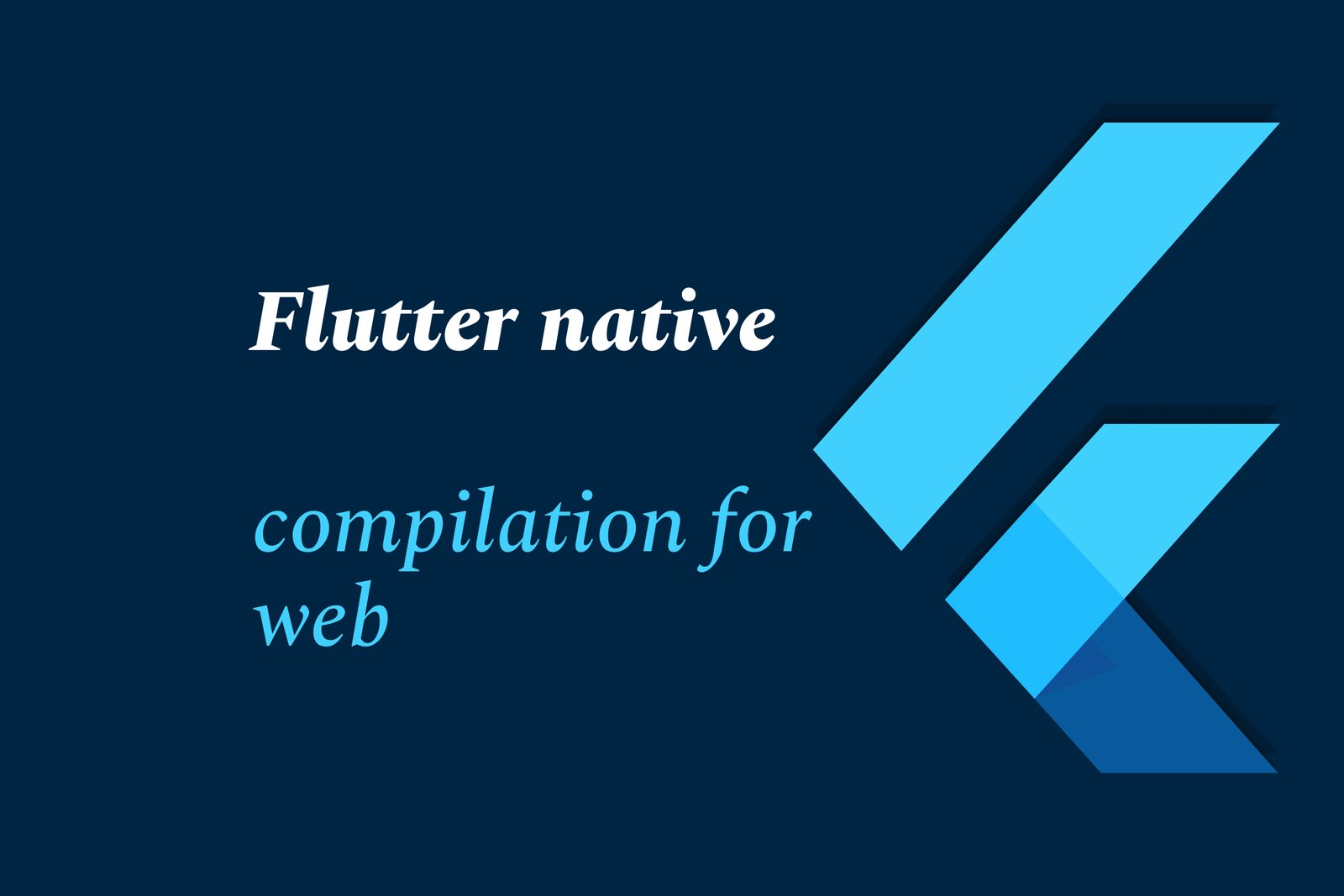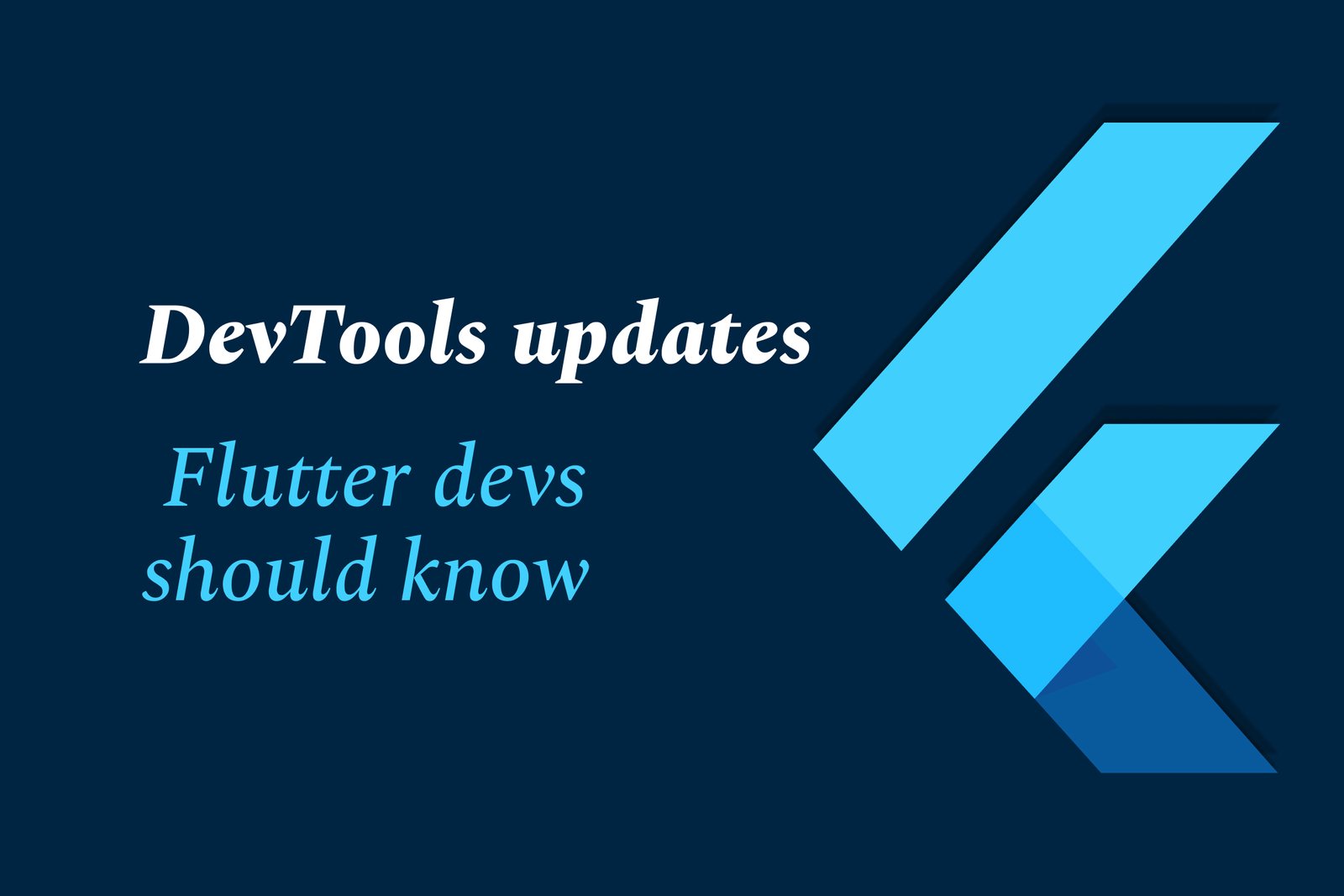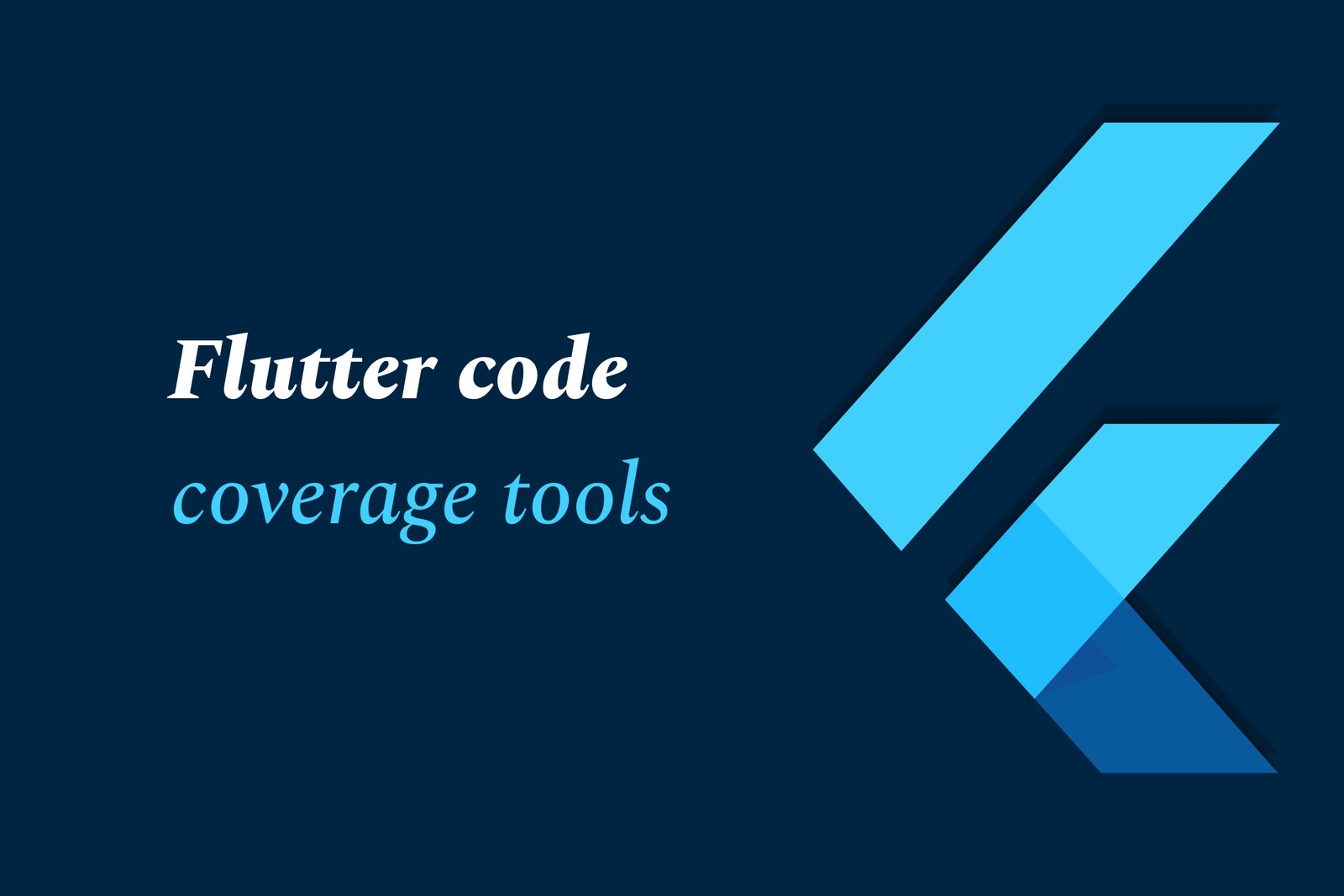Handling user input in flutter
Handling user input in Flutter involves using widgets like EditableText and TextField to capture and manage user text, customize keyboard actions, and validate input through forms, enabling seamless, interactive, and validated data entry within mobile and web apps.
Handling User Input in Flutter
1 ) Overview of EditableText Widget
Flutter’s EditableText is a fundamental widget for text input, enabling user interaction such as text editing, selection, scrolling, and cursor movement. It connects with the platform’s text input service and serves as a low level building block, with higher level widgets like TextField and CupertinoTextField providing a more comprehensive user experience.
2 ) User Input Interaction and Notifications
When the user modifies the text (through keyboard or selection menus), changes go through:
inputFormatters that preprocess user input,
the TextEditingController which updates and notifies listeners,
the onChanged callback that triggers at the end to inform about the latest text.
3 ) Input Actions Customization
You can tailor the soft keyboard’s action button using TextInputAction, such as ‘done’, ‘next’, or platform specific actions. Flutter checks for action compatibility on the running platform — incompatible actions throw errors in debug mode but fallback gracefully in release mode.
4 ) Lifecycle Handling with Editing Completion
Editing finalizes when the user completes input (e.g., pressing ‘done’):
The default process invokes onChanged, which can be overridden via onEditingComplete
Then, onSubmitted is called, providing the input value for further handling like changing focus to another input
5 ) Keeping Focus and Selection
EditableText uses AutomaticKeepAliveClientMixin.wantKeepAlive to maintain selection when focused. Removing the focus allows proper disposal.
6 ) Intents and Actions for Text Editing
Flutter defines various Intents (commands) e.g., deleting, copying, moving the caret, with default associated behaviors that handle both selected text and collapsed cursor (caret). Examples include:
DeleteCharacterIntent removes selected text or character before/after caret
DeleteToNextWordBoundaryIntent deletes to next word boundary
Caret movement intents extend or collapse selections character or word wise
Developers can override these intents by inserting custom Actions using the Actions widget.
7 ) Form Widget for Validation and Submission
Beyond raw input handling, Flutter supports form validation through the Form widget:
Compose forms with input fields (like TextFields for email, password) inside a Column and wrap them within a Form widget
Add buttons for submission and date/time pickers for complex input types
8 ) Input Validation Features
Validation ensures data correctness and includes:
Required fields presence
Min/max character constraints
Predefined text validators or custom Regex (Dart/JS) patterns (e.g., IP address or 24 hour time format)
Validation on other input controls like date/time pickers or place pickers
Custom error messages shown inline or via actions like Snackbar
Triggers for validation failures to perform corrective UI actions
9 ) Validation Action Integration
Form widgets support integrating validate actions that run when user submits, enforcing validation rules before proceeding.
In summary, Flutter offers a comprehensive suite for handling user input, from basic low level text editing with EditableText, rich keyboard action customizations, to robust form validation with the Form widget and customizable validators, enabling developers to build responsive, user friendly, and error resistant input flows.
https://justacademy.in/news-detail/flutter-for-startups:-quick-mvp-building-guide
https://justacademy.in/news-detail/why-flutter-developers-are-in-high-demand-in-india
https://justacademy.in/news-detail/flutter-roadmap-beyond-2025
https://justacademy.in/news-detail/flutter-lts-release:-what-it-means
https://justacademy.in/news-detail/ai-in-flutter:-smarter-ux-and-features
Related Posts
Top Flutter animation packages like SpinKit, Animations, and Flutter Animate simplify adding smooth, engaging animations to apps. They offer ready-made loaders, material transitions, and versatile effects, enhancing user experience with minimal code and improved UI appeal.
Flutter AI packages are rapidly gaining traction by enabling developers to easily integrate powerful AI features like machine learning and natural language processing into cross-platform apps, boosting innovation and efficiency within the growing Flutter ecosystem.
Flutter enables cross-platform desktop app development with a single codebase, offering fast UI design, native performance, and strong community support. However, it faces challenges like larger app sizes, limited desktop-specific features, and a less mature ecosystem compared to native tools.
Flutter AI combines Flutter’s cross-platform app development with AI technologies to create smart, efficient fintech and healthcare apps—enabling fraud detection, personalized finance tips, medical imaging, virtual health assistants, and automation for improved user experience and operational efficiency.
Flutter's Linux desktop support has steadily advanced, improving performance, native theming, and integration with Linux desktop environments. Collaboration with Canonical and the community is driving better window decorations, menu support, and release-ready app builds for seamless Linux app development.
Flutter is a versatile UI toolkit by Google enabling cross-platform app development, increasingly used for Smart TVs and IoT devices. It allows building native-like interfaces for diverse platforms, streamlining development despite challenges like remote navigation and platform-specific integration.
Flutter native compilation for web transforms Flutter code into efficient JavaScript and WebAssembly, enabling fast, high-performance web apps with smooth UI rendering. This approach delivers near-native speed and consistency across browsers using a single codebase.
Flutter DevTools has been updated with enhanced performance profiling, an improved widget inspector, network monitoring, Material You theming support, faster hot reload/restart, and better accessibility tools—helping developers debug and optimize Flutter apps more efficiently.
Flutter code coverage tools measure the percentage of code executed during testing, helping developers identify untested parts. Using commands like `flutter test --coverage` and tools like LCOV and VSCode extensions, they visualize coverage to improve code quality and reliability.
In 2025, Dart Pub remains a vital hub for discovering and managing Dart packages, driven by Flutter’s growth. Trends focus on enhanced cross-platform tools, improved performance, richer libraries, and rising use in innovative apps like AR, making Dart Pub essential for versatile, modern development.










